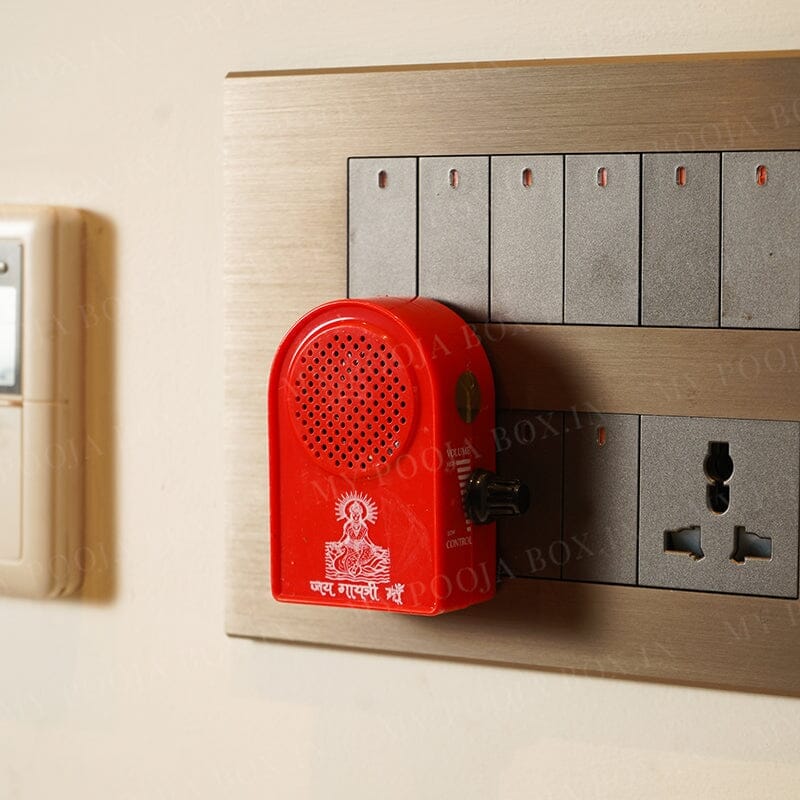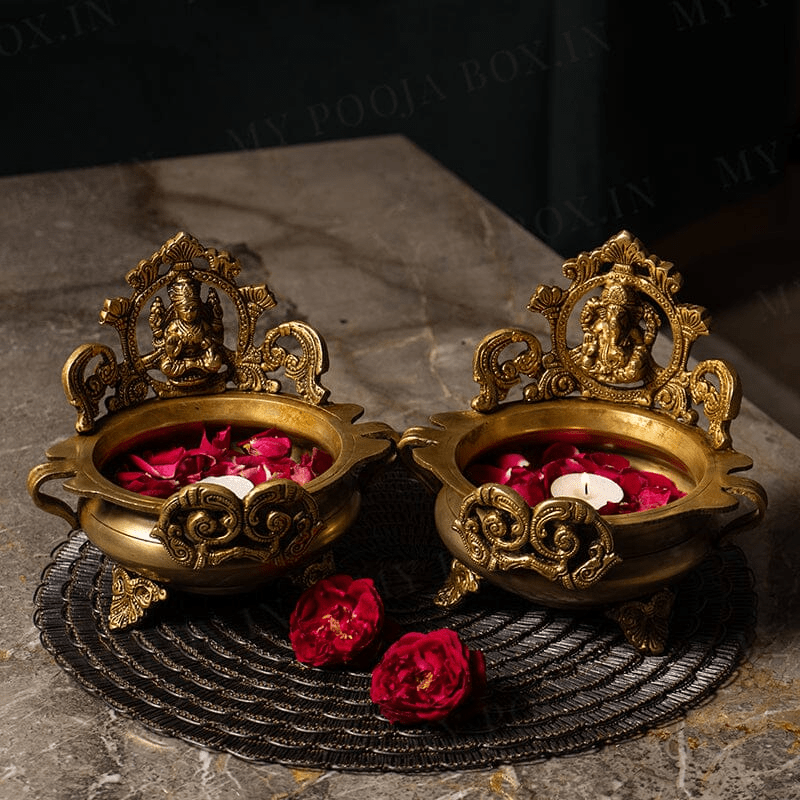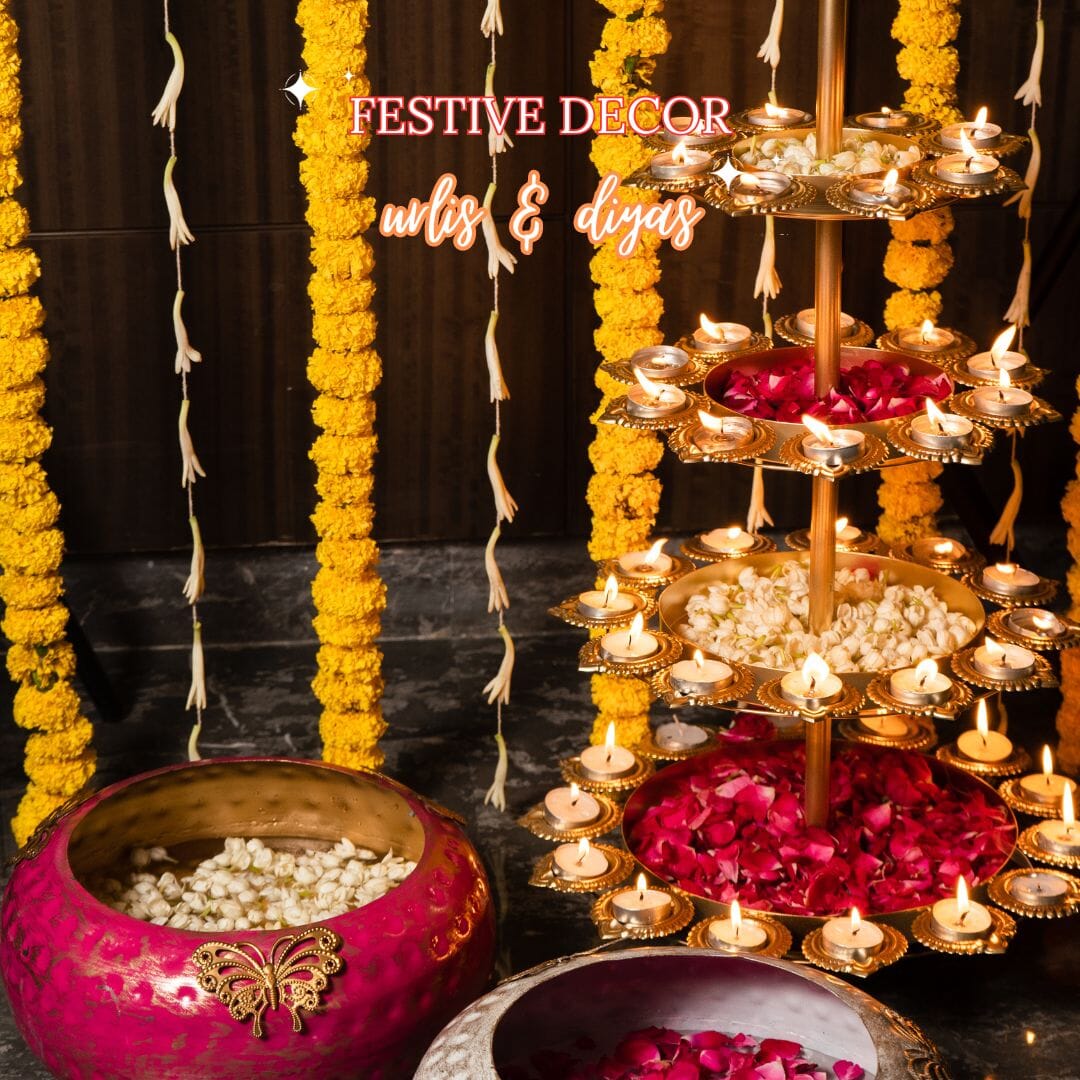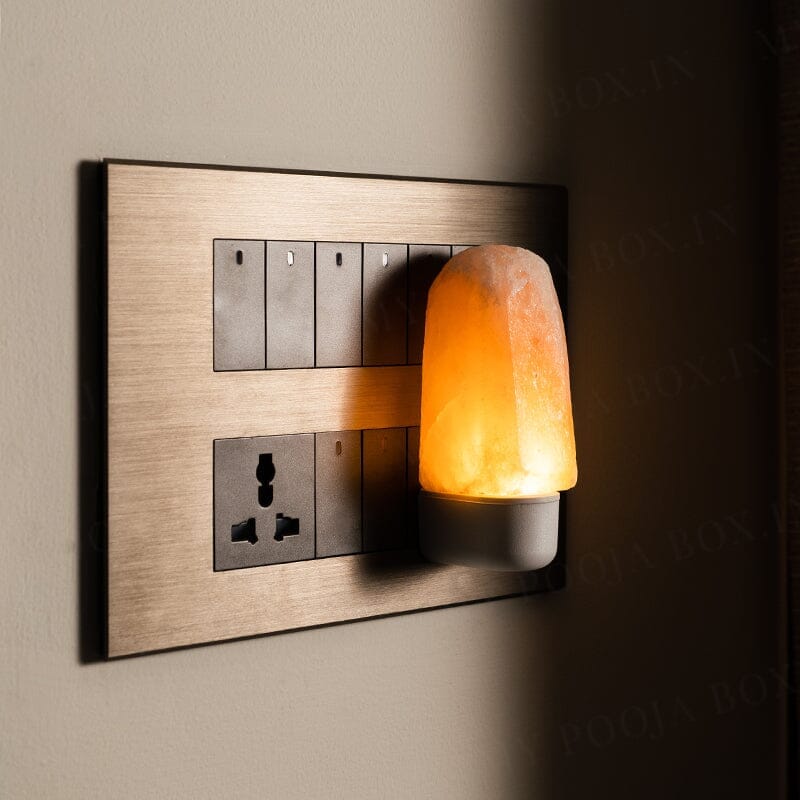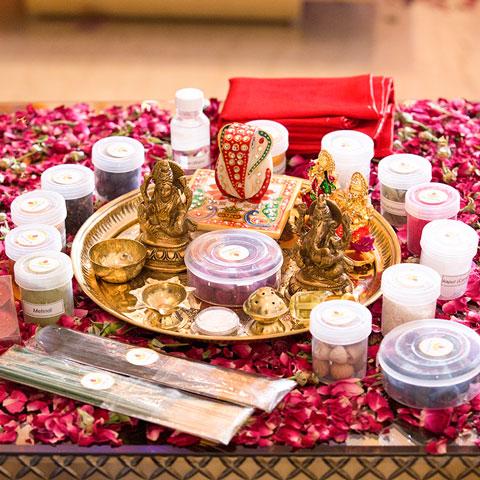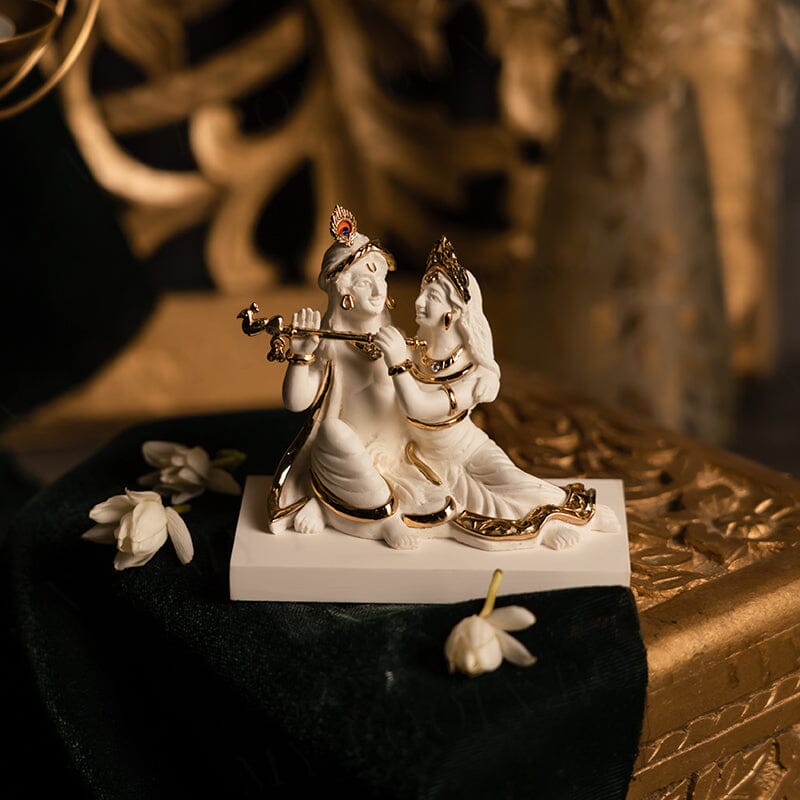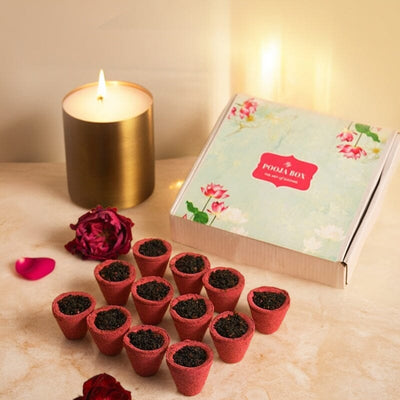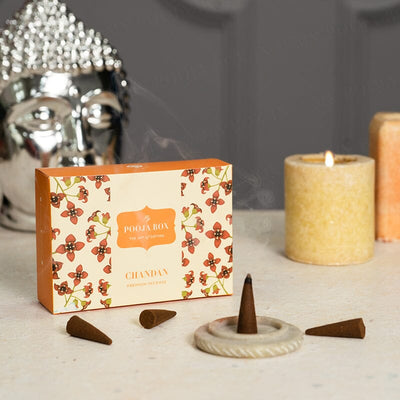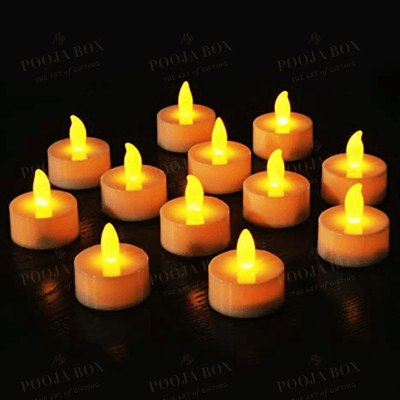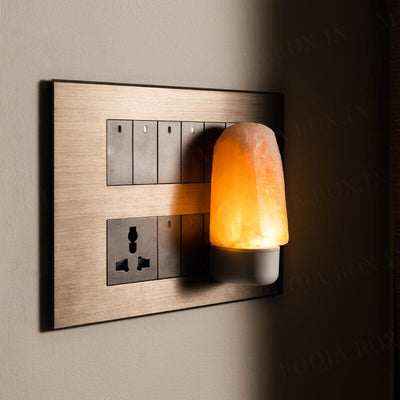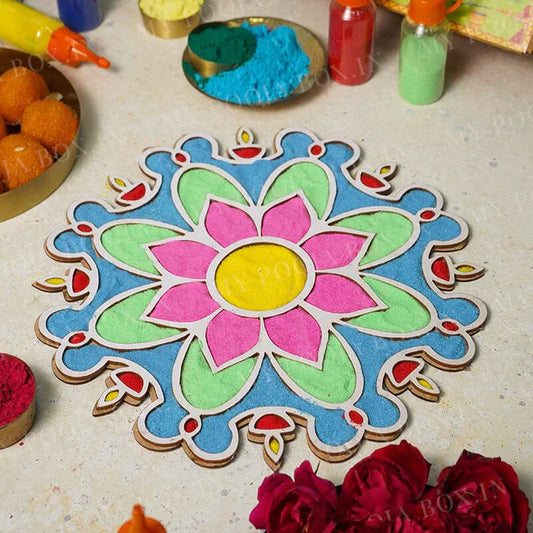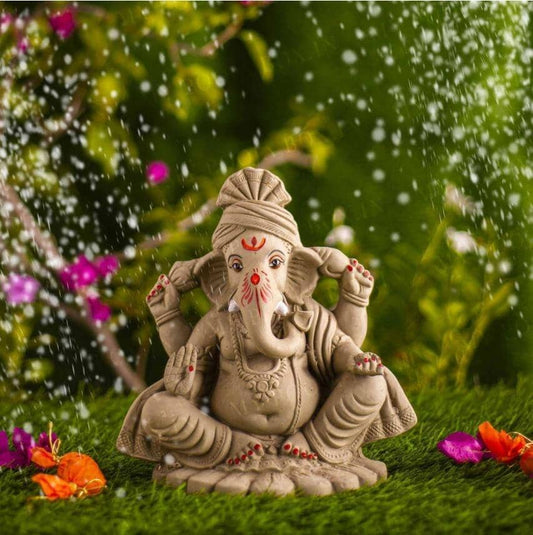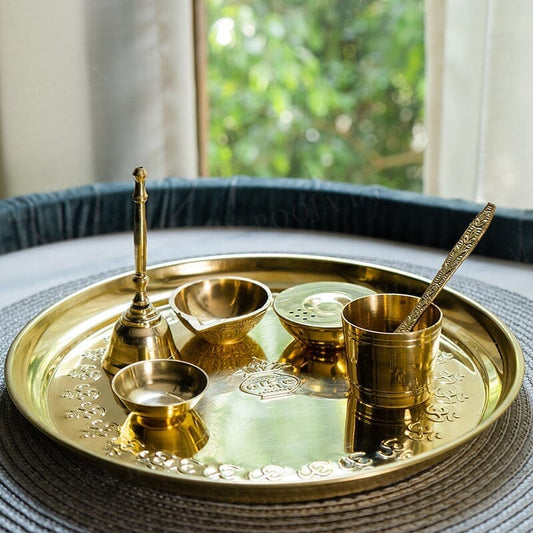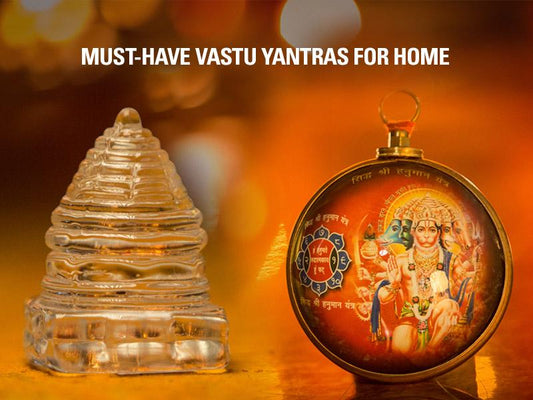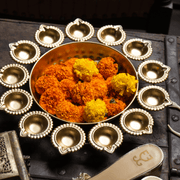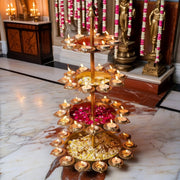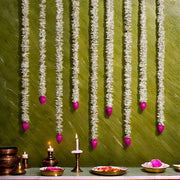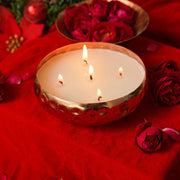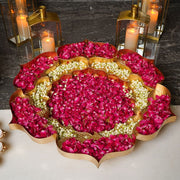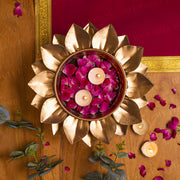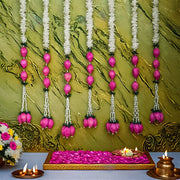Diwali, more commonly known worldwide as the festival of lights, has been celebrated by Hindus since ancient times. The festival is much anticipated in India and to a lot of people, it’s their favorite National holiday! However, the festival has also been a cause for concern, in more ways than one. From excess amounts of pollution to child labor. Here we’d like to discuss and analyze the good, the bad and the ugly from one of India’s most celebrated festivals.
Even though the religious significance varies from different regions in the country the most popular story remains that of ‘ramayana’. Where the end result is the “victory of light over darkness”. This refers to Rama’s army of good defeating Ravana’s army of evil and returning to Ayodhya. Hence the phrase “victory of light over darkness”. This feat has since been celebrated in multiple different ways across multiple different religions, as Diwali is not just celebrated by Hindus but Jains, Sikhs, & Buddhists alike.

The celebrations can range from praying to various deities, decorating the interior and exterior of one’s house and most famously bursting fire crackers. And this brings me to my point. The origins of fire crackers date back to the 700 CE in China. The Chinese used these fire crackers to scare off evil spirits. Slowly the trend of firecrackers spread across the globe and finally reached India. Initially, they were used to please the royals from the Mughal dynasty. But soon the connection was drawn to the victory of good over evil and started being used as a celebratory item for Diwali.
The funny thing is, there are no mentions of fire crackers in ancient text, and the only item used that involved fire, were Diyas. So, one can safely say that the use of fire crackers was a late trend and not part of the original celebration.
So why do we use fire crackers?
4 Major Problems with fire crackers –
1. Pollution:-

Of course, the most popular issue aimed towards fire crackers is pollution. The high levels of pollution in the capital of India, Delhi, caused a huge uprising in tensions regarding breathable air quality. A large number of people began to notice the increasing levels of toxins in the air, a large part of these toxins being cancer causing chemicals. Apparently, according to a study conducted by the independent Berkeley Earth science research group, breathing in Delhi was as bad as smoking 44 cigarettes a day in November 2017. This level is apparently down to 7.7 according to a smartphone app as of May, 2018. This number is still way too high. Imagine being a new born in the city and consuming 7 cigarettes a day since the day you were born. That’s beyond dangerous!
2. Illegal production & child labor:-

Now, pollution hasn’t always been the main cause of hate on “fire crackers”. In the early to mid-2000’s kids were being used to manufacture the same illegally in various illegal factories across the country. Stories of kidnap, mistreatment, inhumane work environments all surfaced during this period. And then once again like any other story, it was lost in the history of Indian media. But we can’t forget this, as even to this day, there are multiple illegal factories hiring underage workers to work in toxic environments. This issue is related to the countries biggest issue of all, poverty. As a result of no education, no work, and lack of scope. The poor end up finding odd jobs that are often illegal. Having no other source of income, they have no option but to endure the harsh conditions they work in.
3. Economics:-

India has the 2nd largest fire cracker industry in the world. Second only to the creators, China. Want to hear a fact that makes this worse? India does not export any of these fire crackers... Meaning all of what’s produced in India, is used in India. This is because most makers can’t meet the international shipping standards. If the government was to fully ban fire crackers with stern authority, a large number of people in the country will lose their only source of income! Even though it’s a seasonal job. A lot of people depend on this period to feed their families.
4. Danger:-

Not only is it dangerous to burst fire crackers but its equally, if not more dangerous, to manufacture them! The toxic fumes and gases inhaled by the workers can cause severe health issues that can reduce one’s life span significantly. In some of the biggest factory fires, 38 people died in 2012, about 40 died in 2009, 30 in 2001 and more than 60 in 1991. These are only the major incidents. A large number of small causalities never make it to the newspapers and news channels.
So where does all of this leave us on a religious stand point? Well, the idea was to celebrate the victory of light over darkness. But all we’ve ended up doing by constantly bursting fire crackers is create a layer of darkness so thick, at times even the sun doesn’t shine through… Instead of having pooja’s and paying our respects to the gods, we end up bursting firecrackers, creating a layer of darkness over the light of day. As we move further into the modern era, we somewhat keep losing our cultures significance, ethics and respect. Maybe someday, this will all change for the good. Until then it is our duty as the people of this belief to ensure that Diwali stays a “festival of lights” not just in a literal sense but also in our hearts. So, this Diwali try to eradicate the darkness in our lives and that of the poor and the needy by involving them in your ceremonies and prayers and focusing on terminating whatever negativity lingers in our lives.


